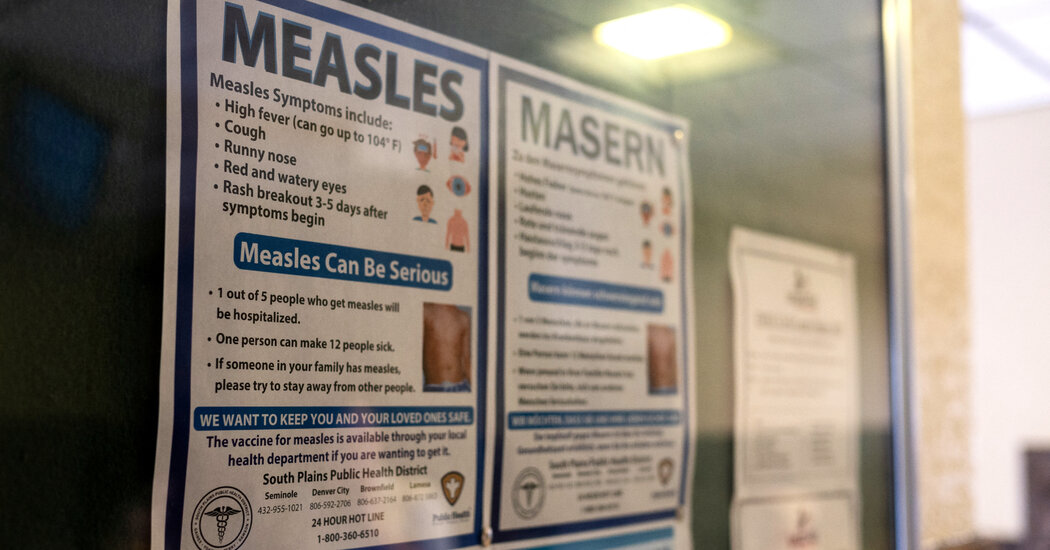Copyright The New York Times

Just as one large measles outbreak peters out in the United States, another outbreak of the virus has taken off along the border of Utah and Arizona. The new outbreak began in August and has sickened more than 100 people, making it the second-largest cluster of cases in the country this year. A majority of the cases are in unvaccinated people. It comes during an already bleak year for the nation’s public health: The number of measles cases hit a 34-year high this summer, largely driven by the so-called “Southwest outbreak,” which grew to more than 880 cases across Texas, New Mexico and Oklahoma. Several epidemiologists agreed that the current scale and spread of cases most closely resembles the large outbreaks of the early 1990s — before nationwide immunization campaigns and school vaccine mandates helped the United States declare the virus eliminated. “We certainly have not had anything like this in many, many, many years,” said Walter Ornstein, an emeritus professor at Emory University and former director of the United States Immunization Program at the Centers for Disease Control and Prevention. There are several parallels between the current situation at the Utah-Arizona border and the outbreak that exploded from the Western edge of Texas in January: Both started in rural towns with a sizable population of children who had not been immunized against measles, mumps and rubella. And in both outbreaks, the virus traveled to a neighboring state and took root in similarly vulnerable pockets. “I’m worried about it,” said Dr. Adam Ratner, a pediatric infectious disease expert who recently published a book about the resurgence of measles. “I think it’s a very similar situation.”



